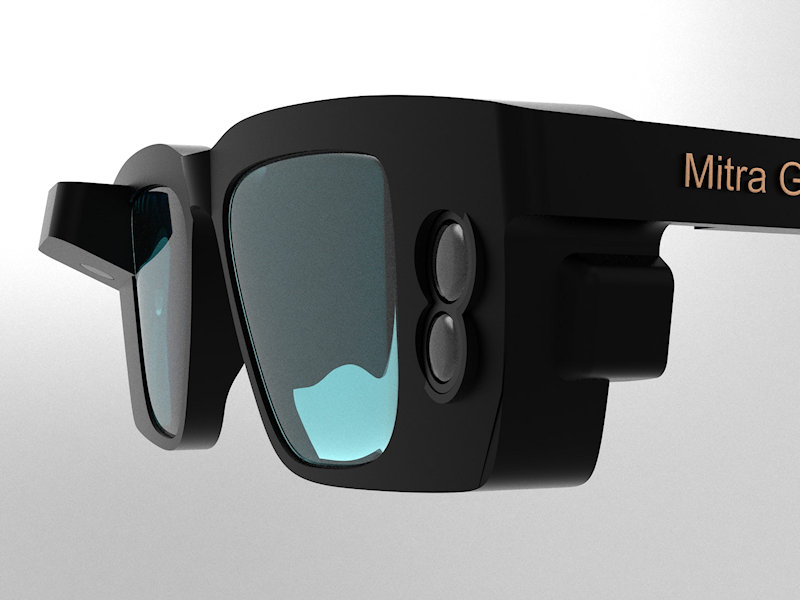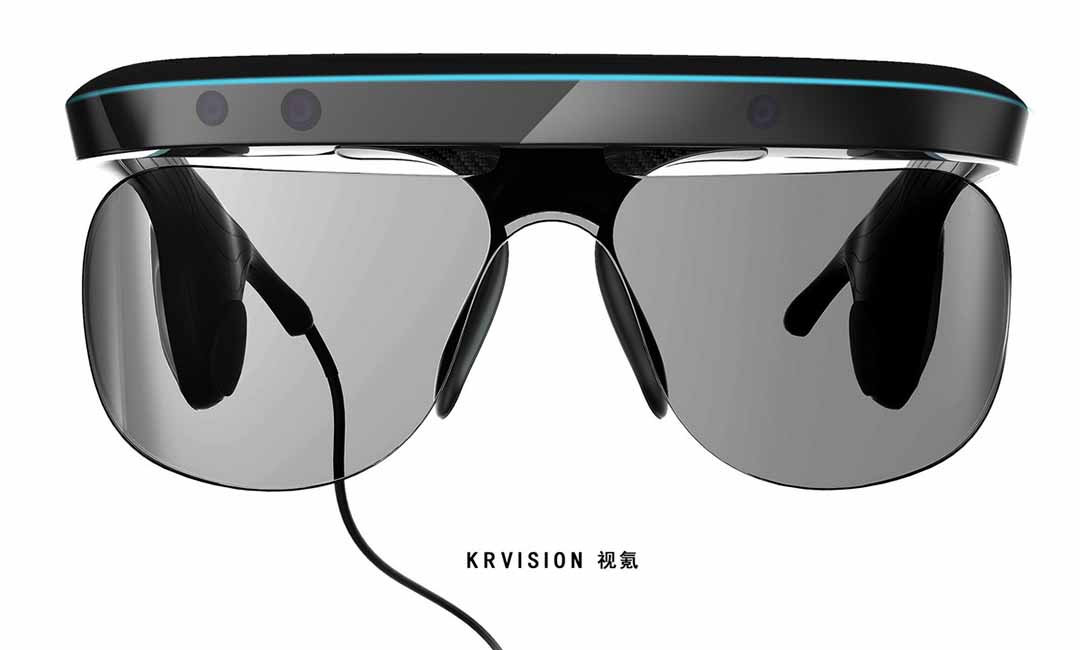The Future of Assistive Technology for the Blind: Empowering Independence
The Future of Assistive Technology for the Blind: Empowering Independence
Blog Article
Innovative Solutions in Assistive Technology for Visual Disability
The landscape of assistive technology for aesthetic disability is advancing rapidly, offering a series of innovative services that improve ease of access and freedom. From sophisticated mobile phone applications that promote navigating to wearable gadgets designed for real-time assistance, these devices are reshaping the experiences of those with visual impairments. Moreover, the integration of wise home modern technologies and instructional sources has the potential to cultivate greater neighborhood involvement. However, the ramifications of these developments raise vital inquiries regarding their accessibility and performance in diverse contexts, necessitating a more detailed assessment of their wider impact.
Innovations in Mobile Phone Applications
Recently, innovations in mobile phone applications have actually considerably transformed the landscape of assistive modern technology for individuals with visual problems. These applications leverage the effective sensing units and abilities of modern-day mobile phones to provide users with tools that boost independence and availability in their lives.
Noteworthy amongst these innovations are applications created for things acknowledgment, which make use of the smart device's electronic camera to identify things and give spoken descriptions. Such functions equip individuals to browse their environments more effectively, whether recognizing products in stores or locating individual possessions in the house. Furthermore, text-to-speech applications have actually enhanced significantly, enabling individuals to capture printed message with their gadget's cam and receive immediate sound comments, consequently helping with reading and understanding.
Community-driven applications have actually cultivated social communication and resource sharing amongst people with aesthetic problems, creating a supportive network that enhances their high quality of life. On the whole, mobile phone applications have ended up being essential allies in promoting autonomy and ease of access for people with visual impairments.
Wearable Devices for Navigating
Wearable devices for navigating have arised as a groundbreaking option for people with visual disabilities, using hands-free support that enhances wheelchair and orientation. These tools typically utilize innovative technologies, consisting of GPS, ultrasonic sensing units, and expert system, to offer real-time feedback and direction to individuals as they browse their environment.
One significant example of wearable navigating innovation is clever glasses, which can find challenges and relay auditory or haptic responses to the user, enabling safe and efficient motion in various settings. Various other tools, such as belts and vests equipped with sensors, can similarly inform users of their surroundings by supplying notifies regarding neighboring objects or adjustments in terrain.
Additionally, numerous wearable gadgets integrate with mobile phone applications, enabling customers to tailor their navigating choices and receive tailored path tips. This personalization can dramatically boost the individual experience, encouraging people to travel with greater self-confidence and independence.
As innovation continues to develop, the capacity for wearable navigation tools to boost the lifestyle for people with aesthetic problems stays substantial, leading the method for more available and comprehensive environments.
Smart Home Technology Integration

Furthermore, clever appliances outfitted with tactile interfaces or auditory responses provide intuitive interactions that provide specifically to the requirements of those with aesthetic problems. For instance, clever fridges can announce their contents and expiration days, while clever stoves can guide users with the from this source cooking process with audio guidelines.
Home automation systems, such as smart buzzers and protection cams, supply comfort by permitting customers to obtain signals and accessibility live feeds using their mobile phones, boosting individual safety and security (AI-powered visual aids). In addition, assimilation with smart devices and tablet computers guarantees that individuals can manage their home environment from anywhere within their facilities
As wise home innovation proceeds to develop, it holds the potential to change the living experiences of people with visual impairments, cultivating look here independence and improving lifestyle in an increasingly linked globe.

Educational Tools and Resources
Access to effective instructional tools and sources is critical for people with visual problems, as it equips them to engage completely in their knowing experiences. Numerous assistive technologies have been developed to boost availability and foster independent knowing. Display readers, for example, transform message into speech, allowing students to gain access to electronic material seamlessly. AI-powered visual aids. Furthermore, refreshable braille displays supply tactile responses, making it much easier for learners to engage with written material.
Moreover, educational software application particularly made for visually damaged users uses attributes such as high-contrast settings and customizable text dimensions. These devices accommodate varied learning designs and make sure that students can tailor their academic experience to their demands.
Additionally, access to audio publications and digital libraries increases the variety of offered learning materials, making it possible for pupils to explore topics comprehensive without the limitations enforced by traditional print resources. Joint systems that incorporate accessibility functions likewise promote group projects, guaranteeing that aesthetically damaged pupils can contribute meaningfully alongside their peers.
Neighborhood Support and Involvement
A durable network of neighborhood assistance and engagement is necessary for people with visual problems, cultivating a comprehensive atmosphere where they can flourish. Community organizations, neighborhood campaigning for groups, and volunteers play a critical role in providing sources, details, and companionship, which are important for enhancing the top quality of life for those affected by visual impairments.
Engagement activities such as workshops, gatherings, and support system not just assist in ability development however also promote social interaction, minimizing sensations of isolation. These efforts urge people to share obstacles, successes, and experiences, consequently reinforcing area bonds. Additionally, collaborations with local services can result in higher accessibility in public rooms, additionally incorporating individuals with aesthetic problems right into the area.
Technology also enhances area involvement via on-line systems that use online support system and resources, allowing people to attach no you can look here matter of geographical obstacles. By taking advantage of both in-person and electronic services, communities can create a comprehensive assistance network. Inevitably, cultivating cooperation amongst different stakeholders-- including families, instructors, and health care experts-- guarantees that people with aesthetic disabilities receive the all natural assistance necessary to navigate life efficiently and with dignity.
Final Thought
Ingenious options in assistive technology for visual problems significantly boost the lifestyle for individuals encountering these challenges. The assimilation of mobile phone applications, wearable devices, clever home technology, and instructional tools cultivates better self-reliance and ease of access. Moreover, neighborhood support and interaction further equip aesthetically impaired people, promoting inclusivity and involvement in various elements of life. Collectively, these improvements not only transform everyday experiences yet also lead the means for a more fair culture.
The landscape of assistive technology for visual disability is progressing swiftly, offering a range of innovative services that improve availability and freedom. Community-driven applications have actually cultivated social communication and resource sharing amongst people with visual impairments, creating a supportive network that enhances their quality of life. In general, mobile phone applications have become important allies in advertising freedom and availability for people with aesthetic disabilities.
Lots of individuals with visual disabilities are discovering higher autonomy through the integration of smart home technology.Innovative solutions in assistive technology for visual problems significantly enhance the top quality of life for people encountering these obstacles.
Report this page